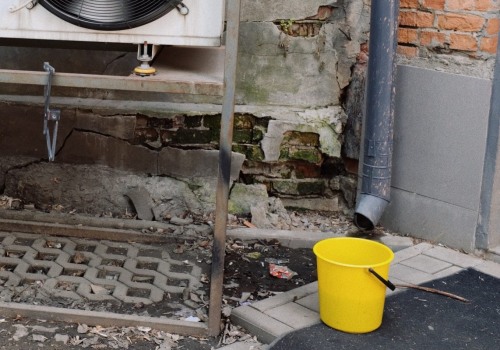UV air purifiers are designed to use short-wave ultraviolet light (UV-C light) to inactivate airborne pathogens and microorganisms, such as mold, bacteria, and viruses. This type of light is capable of penetrating the cell walls of these organisms, disrupting their DNA and rendering them unable to reproduce. As a result, the organisms are unable to cause any harm. When a UV-C germicidal lamp is incorporated into an air purifier, it can add an additional layer of protection against viruses, bacteria and mold spores in the air.
As air passes through the purifier's internal irradiation chamber, it is exposed to UV-C light. This allows the purifier to reduce these biological contaminants. While many of these contaminants will be captured in HEPA filters anyway, the UV-C lamp can offer greater peace of mind. UV air purifiers are devices that use UV light technology to capture air and pass it through a filter.
The air passes through a small internal chamber where it is exposed to UV-C light. Some air purifiers then filter the air again before returning it to the room. The use of UV-C light in air purifiers has been proven to be effective in reducing airborne pathogens and microorganisms. Studies have shown that UV-C light can reduce airborne bacteria by up to 99%, and can reduce airborne viruses by up to 95%. This makes it an ideal solution for those looking for an extra layer of protection against airborne contaminants. In addition to its effectiveness in reducing airborne pathogens and microorganisms, UV-C light also has other benefits.
It can help reduce odors in the air, as well as reduce the amount of dust particles in the air. This can help improve indoor air quality and make your home or office more comfortable.



